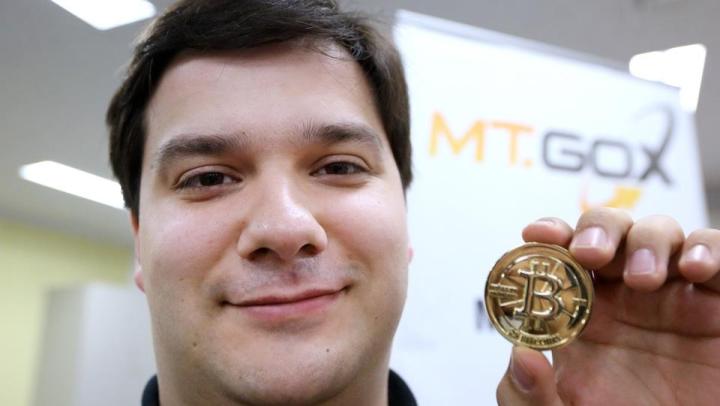
It was only a matter of time.
An Illinois man has filed a class action lawsuit against Mt. Gox, once the world’s largest Bitcoin exchange, for its loss of approximately 750,000 Bitcoins – about 6 percent of all Biticoins currently in circulation. The lost Bitcoins, which the company claims were stolen, hold a current value of more than $400 million.
The 32-page legal complaint, filed Thursday by Gregory Greene in the U.S. District Court in Chicago, accuses Mt. Gox and its CEO Mark Karpeles of consumer fraud and negligence for failing to provide the necessary security to prevent theft of Mt. Gox’s Bitcoin reserves. The suit also claims Mt. Gox and Karpeles are guilty of breach of fiduciary duty, breach of contract, and unjust enrichment.
Karpeles did not respond to our request for comment.
While Greene is the only named plaintiff in the suit against Mt. Gox, the complaint lists “all persons in the United States who had Bitcoins or Fiat Currency stored with Mt. Gox on February 7, 2014,” the day Mt. Gox halted all customer withdrawals. At the time, Mt. Gox claimed it was trying to resolve a technical issue related to the Bitcoin algorithm.
Problems escalated on Monday, when Mt. Gox went entirely offline. A document leaked soon after the exchange shut down revealed that Mt. Gox lost more than 744,000 Bitcoins “due to malleability-related theft which went unnoticed for several years.” While the veracity of the document was initially in question, it appears to be legitimate.
Greene, who says he began using Mt. Gox in 2011, claims the exchange “intentionally and knowingly failed to provide its users with the level of security protection for which they paid.” He also claims the shutdown of Mt. Gox caused the market price of Bitcoin overall to drop, thus reducing the value of Greene’s lost Bitcoins to around $25,000.
“Because Mt. Gox did not sufficiently protect its service, including Greene’s Bitcoins, Greene did not receive the entirety of the services he paid for, and as a result, he paid more than he otherwise would have for such services,” the complaint reads. “Worse yet, at the time Mt. Gox shut down, Greene had used Mt. Gox’s services to store and protect bitcoins with a present value of approximately $25,000 dollars.”
The lawsuit also alleges that Karpeles “personally profited by shutting down Mt. Gox and obtaining users’ Fiat Currency and Bitcoins worth millions of dollars.
“This is either a case of gross incompetence, a real breach of fiduciary care, or an outright fraud,” said attorney Jay Edelson of the Denver-based Edelson law firm, which filed the suit. “People put their trust in Mt. Gox to take reasonable measures to prevent this type of theft. Now individual consumers are out tens if not hundreds of thousands of dollars, if not more.”
Hours after the lawsuit was filed, Mt. Gox, which is based in Tokyo, filed for bankruptcy protection in a Japanese court. During the hearing, Karpeles revealed that, in addition to the 750,000 Bitcoins belonging to customers, Mt. Gox also lost 100,000 of its own Bitcoins.


